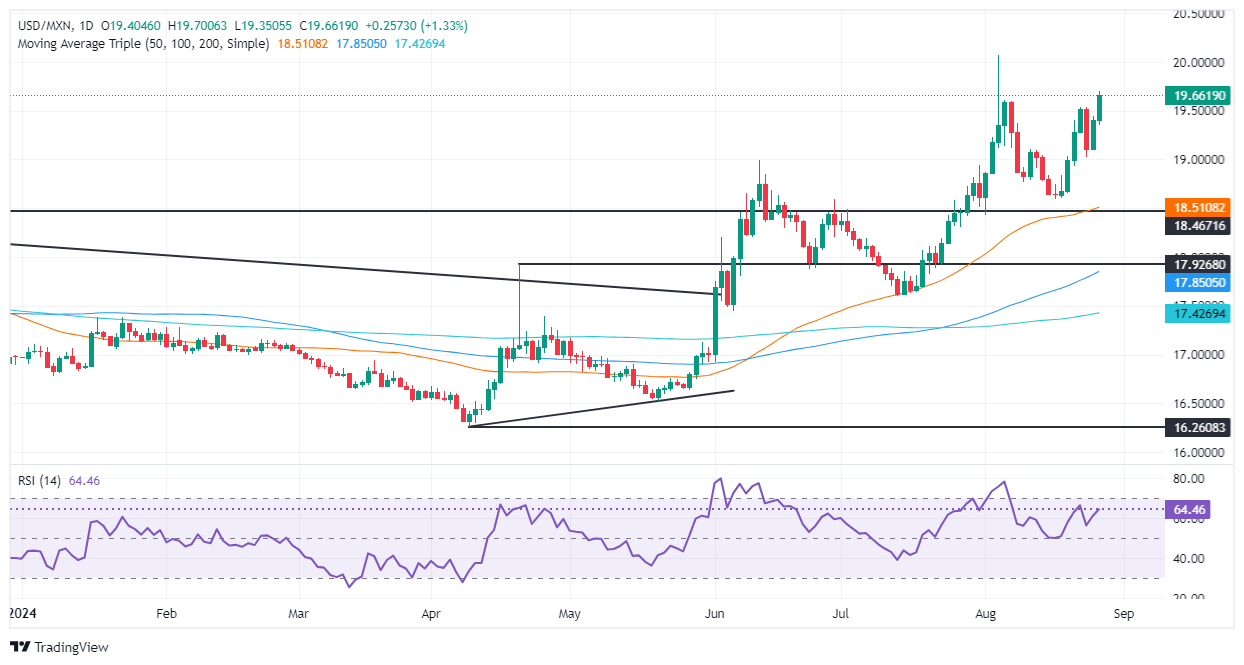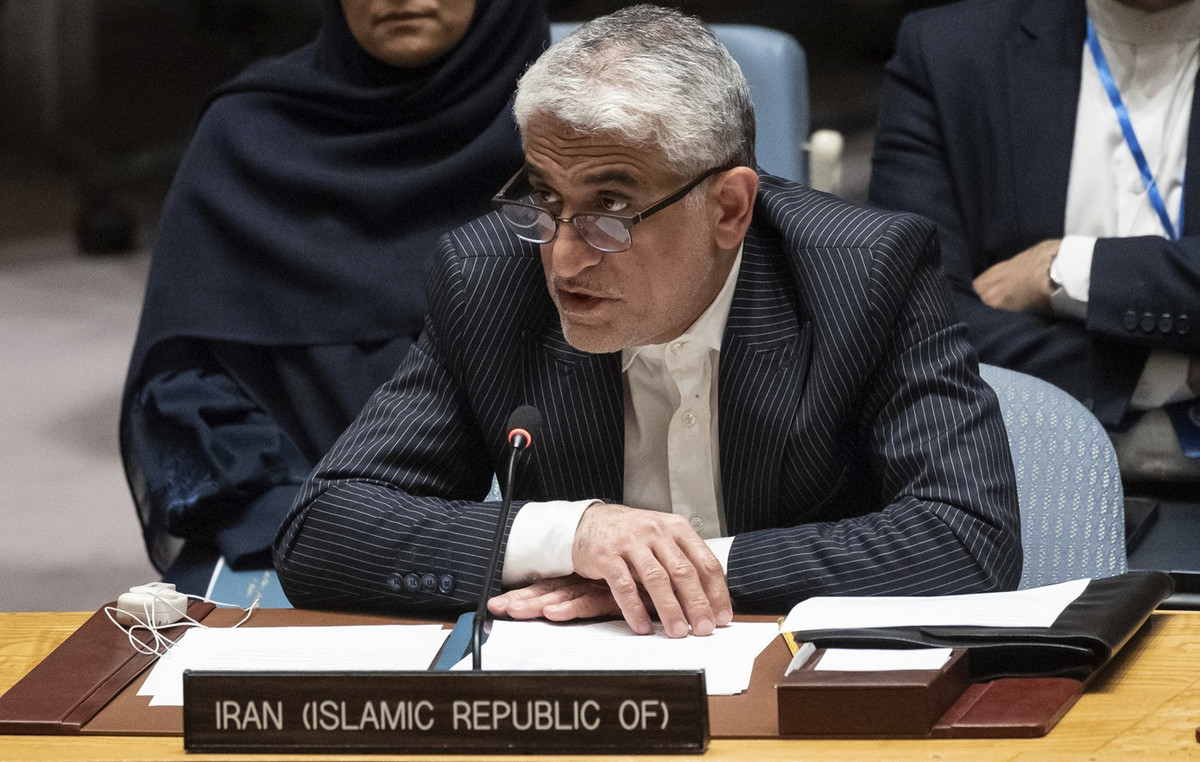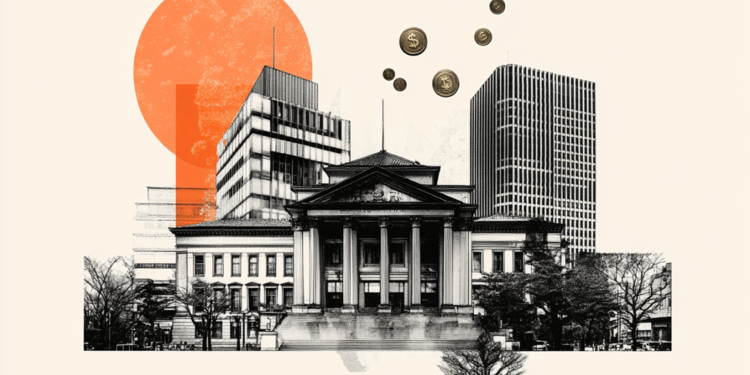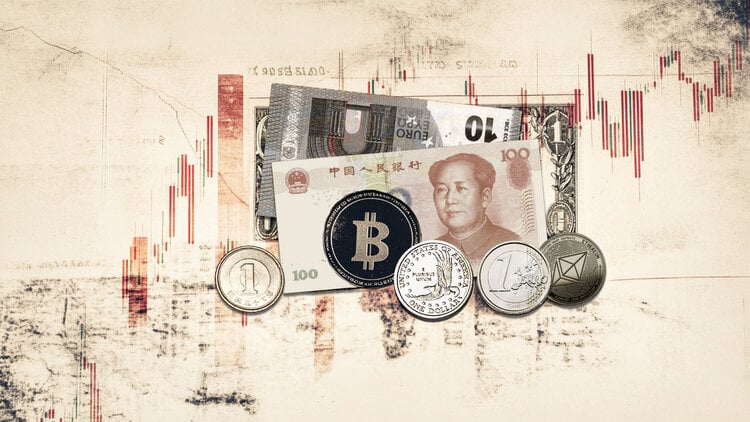- Mexican peso plummets as fears of judicial reforms by Congress trigger sell-off by foreign investors.
- Political tensions are escalating after President López Obrador suspended relations with the US Embassy over criticism of the reform.
- Trade data overlooked; smaller-than-expected trade deficit overshadowed by political focus.
The Mexican Peso fell sharply, triggered by fears among foreign investors that the upcoming Mexican Congress could approve judicial reform. However, a commission of deputies approved the ruling on the reform, which is expected to be voted on once the new Congress takes office on September 1. This raised fears among investors, who abandoned the Mexican Peso while the USD/MXN is trading at 19.64, posting gains of more than 1.20%.
Mexico’s economic calendar revealed that the Trade Balance registered a deficit of -0.072 billion dollars, less than the -1.35 billion expected by most analysts. However, analysts ignored this, keeping the focus on Mexico’s political developments.
The USD/MXN rose sharply after news agencies reported that Mexican President Andrés Manuel López Obrador said there is a “pause” in his relationship with the US Embassy after the ambassador commented on proposed judicial reform.
On August 22, U.S. Ambassador Ken Salazar said: “Based on my lifelong experience supporting the rule of law, I believe that the direct election of judges represents a major risk to the functioning of democracy in Mexico. Any judicial reform must have safeguards that ensure the judiciary is strengthened and not subject to the corruption of politics.”
Canada’s ambassador to Mexico, Graeme C. Clark, echoed some of his comments during the Mexico-Canada business forum. Clark said the reform has raised questions about the stability of the legal framework in Mexico, which is essential to maintaining the confidence of foreign investors.
Across the border, the US economic calendar included the Conference Board (CB) consumer confidence index for August, which was expected to deteriorate to 100.7 from 101.9 in July, according to analysts. Consumers were nevertheless more optimistic about the US economy, with the index rising to 103.3.
This boosted the Dollar against most emerging market currencies, even though Federal Reserve (Fed) Chairman Jerome Powell gave the green light last week to start cutting interest rates. This hurt the Dollar’s outlook against most G7 currencies, but the US Dollar continues to gain ground against the Mexican Peso.
Daily summary of market drivers: The Mexican peso also depreciates due to geopolitical risks
- Another factor putting pressure on the peso was the escalation of the Israel-Hezbollah conflict in the Middle East.
- Traders will be keeping an eye on Fed speakers, the release of US second-quarter 2024 GDP and the core personal consumption expenditures (PCE) price index, the Fed’s preferred inflation gauge.
- Data from the Chicago Board of Trade (CBOT) suggest the Fed will cut at least 100 basis points (bps) based on the December 2024 federal funds rate futures contract.
Technical Outlook: Mexican Peso Weakens as USD/MXN Hits 19.70
The USD/MXN uptrend remains, with buyers gaining momentum as the exotic pair hit a two-week high of 19.70, a level last touched on August 5. The Relative Strength Index (RSI) suggests that bulls are in charge, meaning the pair could aim higher.
If USD/MXN breaks above 19.70, the next resistance would be the 20.00 figure, followed by the current year-to-date (YTD) high at 20.22. Once cleared, further gains are expected, with the 20.50 supply zone as the next target.
Conversely, if USD/MXN falls below 19.50, this could expose the 19.00 figure. A break of the latter and further losses are expected, with the next support being the August 19 low of 18.59, followed by the 50-day simple moving average (SMA) at 18.48.
Mexican Peso FAQs
The Mexican Peso is the legal currency of Mexico. The MXN is the most traded currency in Latin America and the third most traded currency in the Americas. The Mexican Peso is the first currency in the world to use the $ sign, prior to the later use of the Dollar. The Mexican Peso or MXN is divided into 100 cents.
Banxico is the Bank of Mexico, the country’s central bank. Created in 1925, it provides the national currency, the MXN, and its primary objective is to preserve its value over time. In addition, the Bank of Mexico manages the country’s international reserves, acts as a lender of last resort to the banking sector, and provides economic and financial advice to the government. Banxico uses the tools and techniques of monetary policy to achieve its objective.
When inflation is high, the value of the Mexican Peso (MXN) tends to decrease. This implies an increase in the cost of living for Mexicans, which affects their ability to invest and save. In general, inflation affects the Mexican economy because Mexico imports a significant amount of final consumer products, such as gas, fuel, food, clothing, etc., and a large amount of production inputs. On the other hand, the higher the inflation and debt, the less attractive the country is for investors.
The exchange rate between the USD and the MXN affects imports and exports between the United States and Mexico, potentially affecting demand and trade flows. The price of the Dollar against the Mexican Peso is affected by factors such as monetary policy, interest rates, the consumer price index, economic growth and some geopolitical decisions.
The exchange rate between the USD and the MXN affects imports and exports between the United States and Mexico, potentially affecting demand and trade flows. The price of the Dollar against the Mexican Peso is affected by factors such as monetary policy, interest rates, the consumer price index, economic growth and some geopolitical decisions.
Source: Fx Street
I am Joshua Winder, a senior-level journalist and editor at World Stock Market. I specialize in covering news related to the stock market and economic trends. With more than 8 years of experience in this field, I have become an expert in financial reporting.








